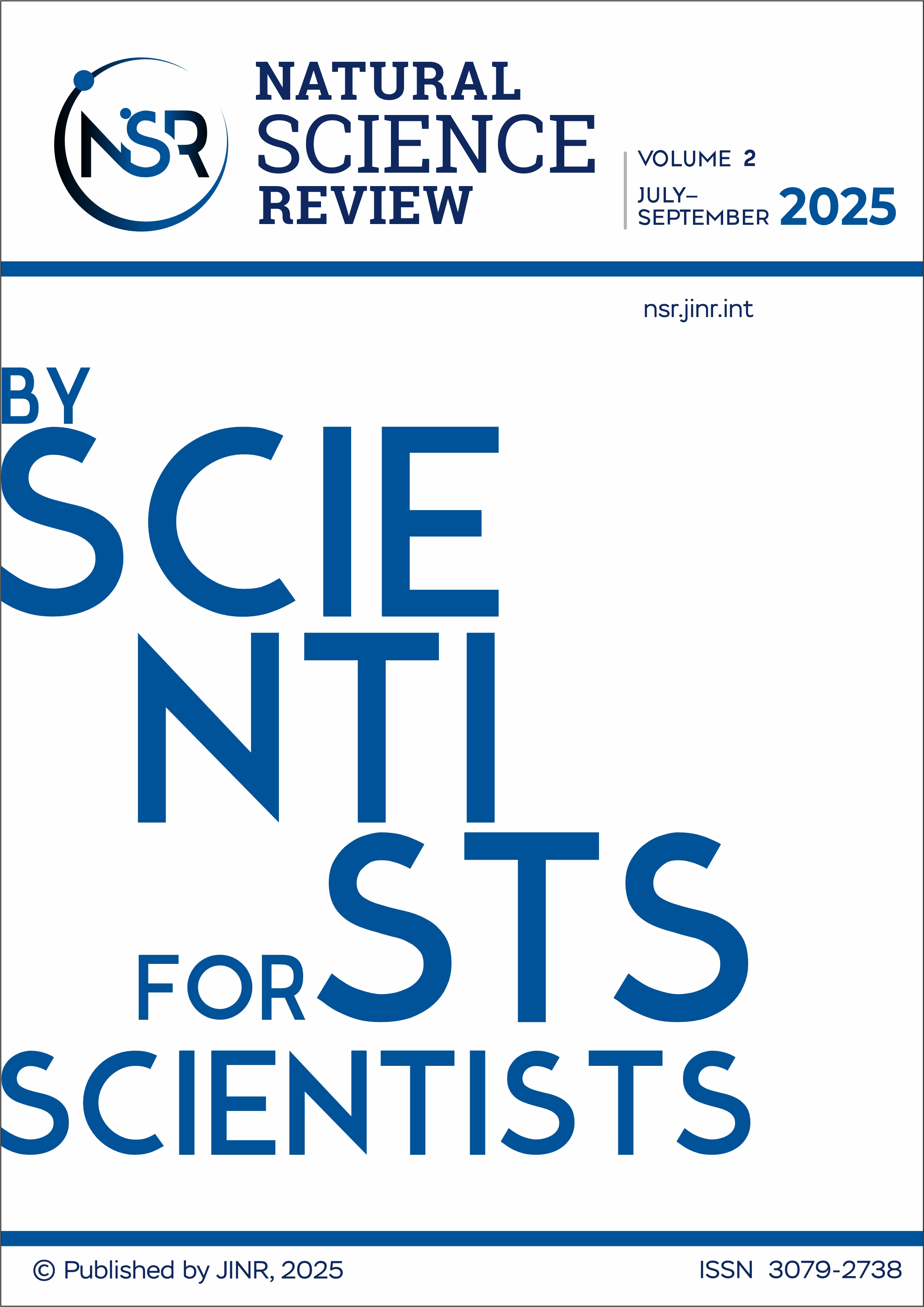Readability and accessibility: Pay special attention to ensuring that the manuscripts are well organized, written in understandable scientific English. Editors cannot make major changes to manuscripts due to lack of time and the risk of distortion of the authors' meaning. If you are not a native English speaker, consider asking for help from a native English speaker when preparing your manuscript for publication.
Write the manuscript to a wide professional audience to make it understandable to a wide range of researchers. We recommend avoiding jargon and excessive use of abbreviations, even for commonly used terms. If jargon and abbreviations are necessary, please define them in the text. Besides, avoid introducing new terminology unless necessary to convey a unique meaning.
To improve the readability, display all equations except the simplest ones, rather than include them as text. Format figures and tables so that their contents and details are readable, corresponding to the size of the journal's page. If the author wishes, the JINR Publishing Department can redraw figures, but this will increase the time of preparing the article for publication.
We ask authors to proofread articles before submitting them to correct grammatical errors, typos, and missing characters.
General content: Make clear the relationship of the submitted manuscript with previously published works, including articles, meeting abstracts, and conference proceedings. (Preprints and internal lab reports are not considered publications). If the results presented in the manuscript correct, supplement, or replace previous results, please write it in advance.
Materials previously published in a shortened form, such as a letter, a short message, or conference proceedings, can serve as the basis for a more informative article. Such an article should contain significantly more information and contribute to a significantly better understanding of the subject. You should submit a single comprehensive article rather than a series of articles.
Titles should be concise and informative, clearly stating the main conclusions of the manuscript. Avoid using new terms, hyperboles that evaluate the quality of work ("accurate", "important", "error-free", etc.), proper names and company names (names of equipment, people or places), as well as invented words.
Supplemental Material is useful information that is not essential to understanding an article’s main result. Additional materials are stored in the NSR journal ensuring constant access to information. Supplemental Material include, but are not limited to, multimedia, tables of raw or analysed data, parameters used in or produced by calculations, and computer codes. Information about conducting research, such as details of sample preparation and equation derivation, can also be included in Supplemental Materials if this information is not crucial for the reader's understanding. The article should be separate. It should be understandable and comprehensive without Supplemental Material.
If the author provides a translation of his article into his native language, we will post it on the article page. We fully share UNESCO's principles and approaches in preserving the linguistic diversity. In particular in “natural sciences to enhance communication and cooperation between researchers and scientific institutions in various linguistic areas; translation and dissemination of scientific materials among various communities to overcome language barriers; recognition of the crucial role of indigenous languages for the use of their knowledge”.
Do not use supplemental materials to make an article longer. A short article with a lengthy supplement is not appropriate. Editors decide themselves if a longer version with all material integrated into the text is required. The editors may seek guidance in this from reviewers, who will review any supplemental materials. In a longer format, some or all of the additional material might be best presented as an appendix to the main article. List all the links provided in the Supplemental Materials in the main text.
Please indicate supplemental materials for the manuscript in the reference list as follows:
See Supplemental Material at [URL will be inserted by publisher] for [give brief description of material]
All files related to the published article are stored as a single repository. They are assigned a Supplemental Material URL. This URL is displayed in the article's reference list.


